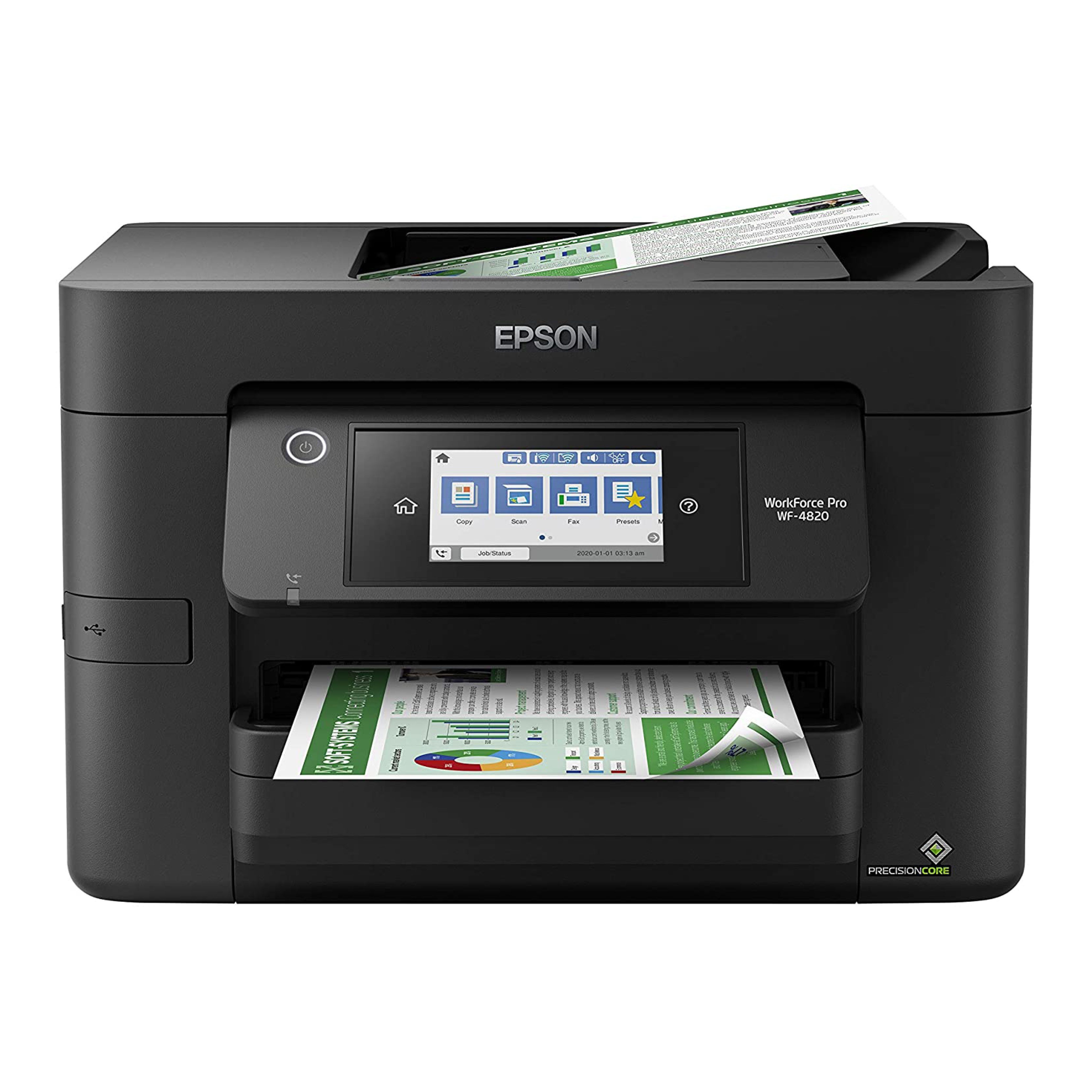

Called IPTC or XMP data, this is where you can add your own information to your photos: things like captions or descriptions, "tags" or keywords, copyright info, etc. The second type of metadata, which is editable by you, is the important part as far as we're concerned. This information is usually not editable by the user, so you don't really have to worry about it. This can include the date the photo was taken, file size and type, exposure settings, color profile, even the location if taken with a smartphone. There are essentially two types of metadata: EXIF information, which is automatically captured and stored by your camera or scanner. Metadata also can make it easier for you to find and sort photos on your computer. This identifying information travels with your photo so that when you move it to another device, share it, or post it online, the data travels with the photo. Metadata is, simply, digital information that resides "inside" of your digital photo. Identify your photos properly, and your online friends and descendants will thank you!
Learning to use metadata will insure that you don't become one of those people.
#HOW TO KEEP EPSON EASY PHOTO PRINT FROM DUPLICATING FILES FULL#
Is there anything more frustrating than finding a shoe box full of old family photos with nothing written on the back? The digital equivalent of this peeve is to find a digital photo or scan with no identifying information.

It's simpler than it may seem, and very useful. What is metadata anyway, and why do I need it? Well, I'm gonna tell ya.


 0 kommentar(er)
0 kommentar(er)
